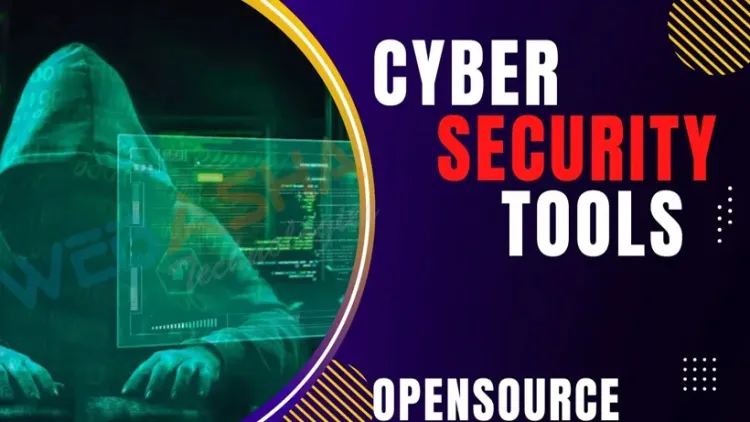
Ever wondered how organizations fortify their cybersecurity defenses in the face of evolving threats? Much like the Capture the Flag game mode in popular video games, these organizations conduct simulated battles known as red and blue team exercises.
In this article, we explore these cybersecurity dynamics and unveil six open-source tools that empower the defensive side to assess, enhance, and strengthen corporate defenses.
1. Arkime
Arkime stands out as a robust large-scale packet search and capture (PCAP) system tailored for handling and analyzing network traffic data. Equipped with an intuitive web interface, it facilitates seamless browsing, searching, and exporting of PCAP files.
What sets Arkime apart is its API, allowing direct downloading and utilization of PCAP and JSON-formatted session data. This flexibility extends to integration with specialized traffic capture tools like Wireshark during the analysis phase.
Moreover, Arkime’s scalability is noteworthy, capable of handling substantial gigabits/second of traffic across multiple systems.
2. Snort
Meet Snort, the open-source intrusion prevention system (IPS) widely trusted for real-time traffic analysis and packet logging. Snort operates based on a set of rules defining malicious activities on the network. This allows it to pinpoint packets matching suspicious or malicious behavior, generating alerts for administrators.
What makes Snort versatile are its three main use cases: packet tracing, packet logging (ideal for network traffic debugging), and network Intrusion Prevention System (IPS). With distinct rule sets for community users, registered users, and subscribers, Snort ensures varying levels of threat identification and optimization.
3. TheHive
Imagine a scalable security incident response platform seamlessly integrated with the Malware Information Sharing Platform (MISP). That’s TheHive. It creates a collaborative and customizable space for Security Operations Center (SOC), Computer Security Incident Response Team (CSIRT), and Computer Emergency Response Team (CERT) analysts.
TheHive’s strength lies in three key features: collaboration, elaboration, and performance. Real-time collaboration is facilitated through the integration of ongoing investigations, while efficient template engines simplify case and task creation.
Additionally, it allows the addition of thousands of observables to each case, with customizable classification and filters for enhanced performance.
4. GRR Rapid Response
GRR Rapid Response steps in as an incident response framework designed for live remote forensic analysis. Comprising client and server components, it remotely collects and analyzes forensic data from systems.
This functionality proves crucial in facilitating cybersecurity investigations and incident response activities. The GRR client, deployed on systems for investigation, periodically polls GRR front-end servers to ensure they are operational.
The GRR server infrastructure includes various components, providing a web-based GUI and an API endpoint for scheduling actions on clients and processing collected data.
5. HELK
Short for The Hunting ELK, HELK offers a comprehensive environment for proactive threat hunting, security event analysis, and incident response.
Leveraging the ELK stack (Elasticsearch, Logstash, and Kibana), HELK combines various cybersecurity tools into a unified platform. Its flexible design and core components make it extensible, suitable for deployment in larger environments with the right configurations.
As a result, security professionals benefit from a versatile and potent security analytics platform.
6. Volatility
Enter the Volatility Framework, a collection of tools and libraries tailored for extracting digital artifacts from volatile memory (RAM).
Widely employed in digital forensics and incident response, Volatility supports memory dumps from various operating systems. These include Windows, Linux, and macOS. What sets Volatility apart is its platform-independent nature, allowing it to analyze memory dumps from virtualized environments like VMware or VirtualBox.
The framework’s plugin-based architecture comes with a rich set of built-in plugins, covering a spectrum of forensic analysis. Users can also extend its functionality by incorporating custom plugins.

